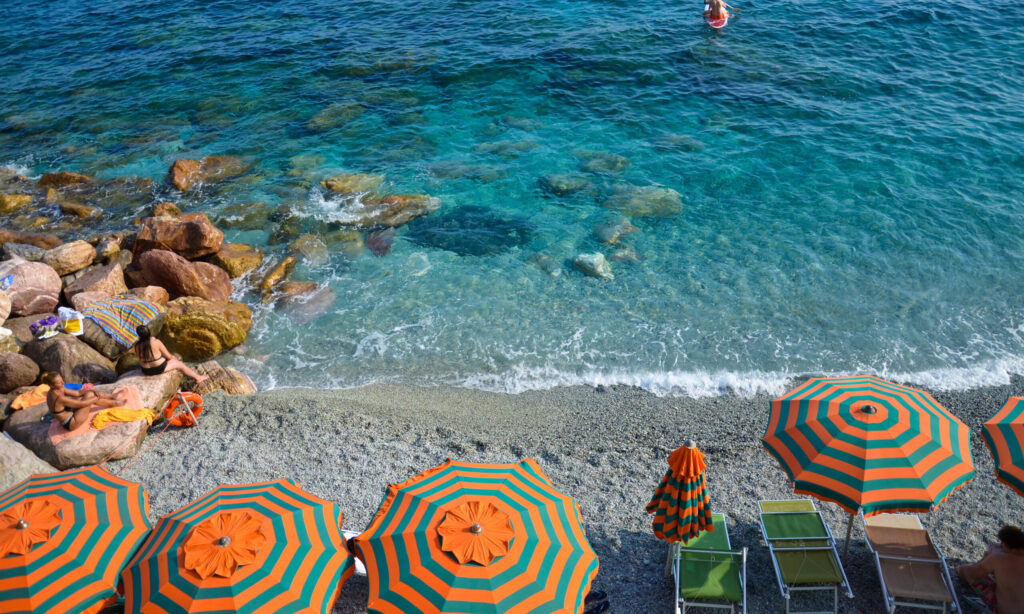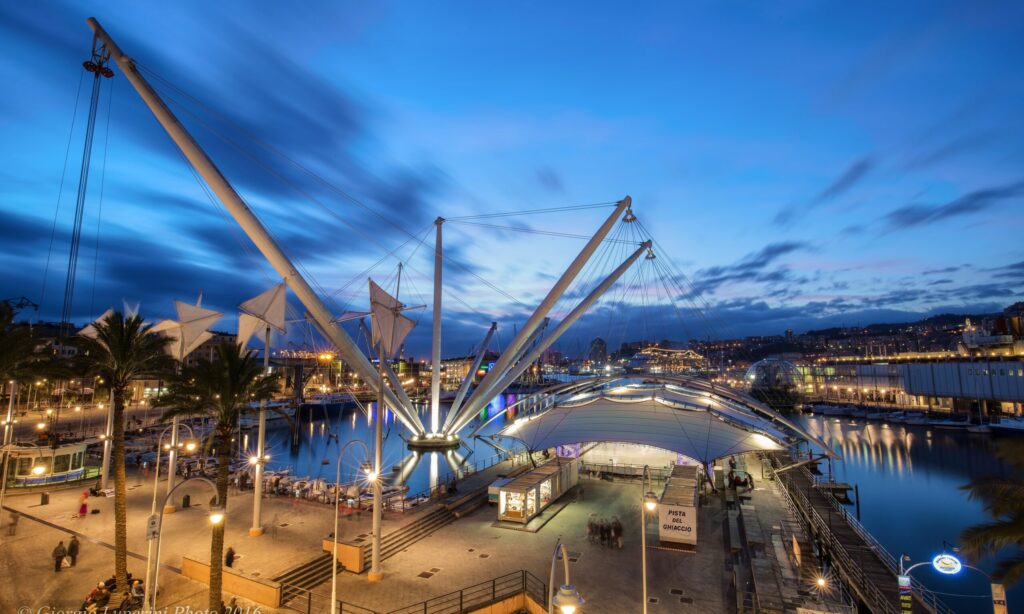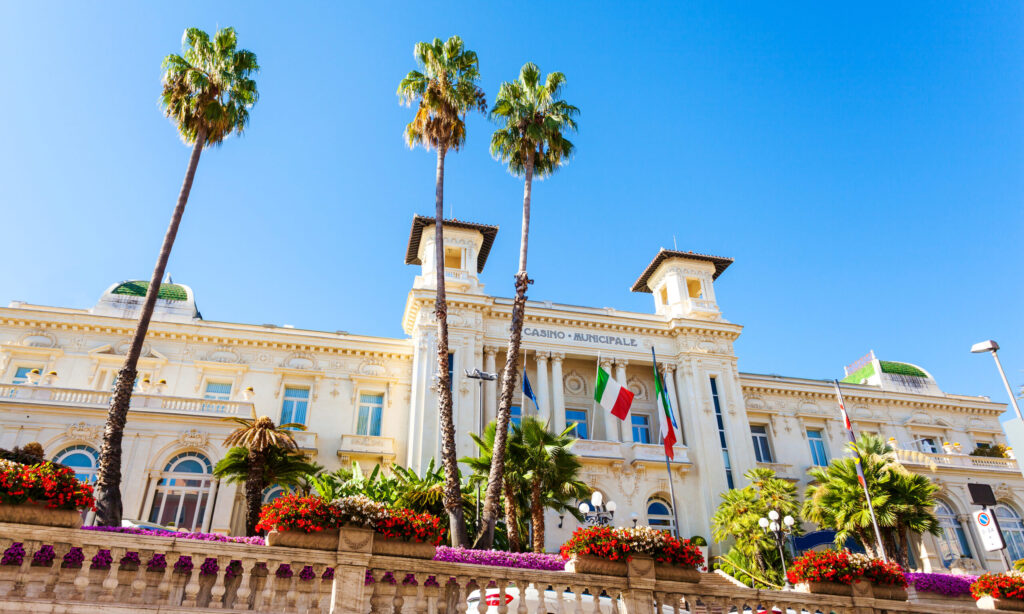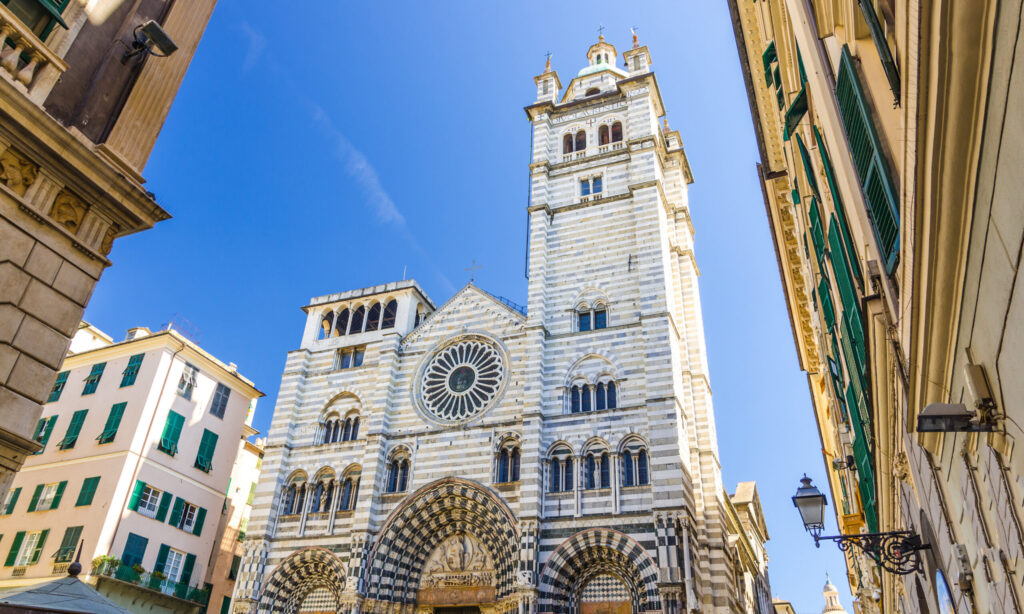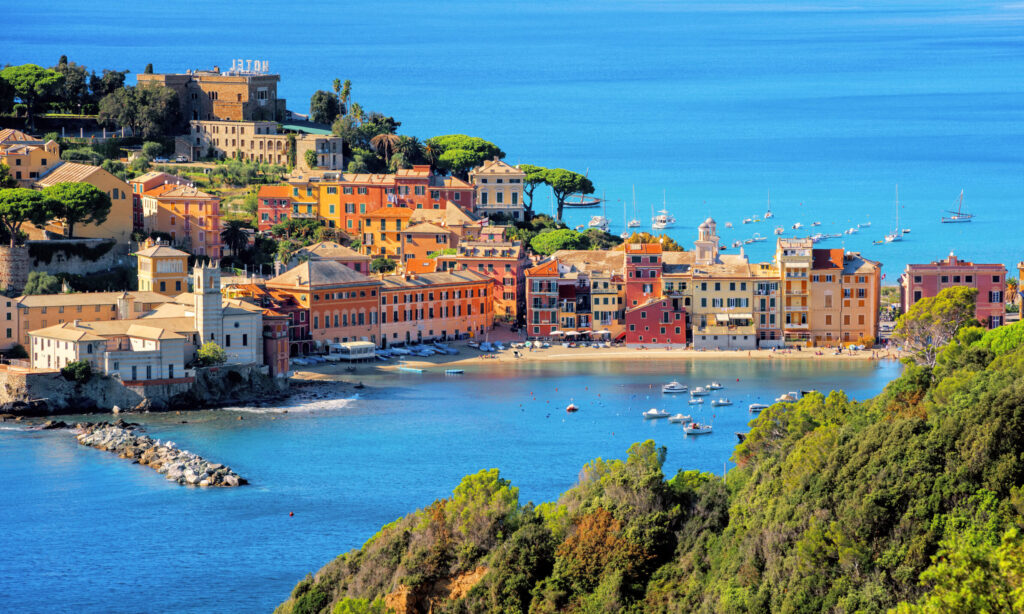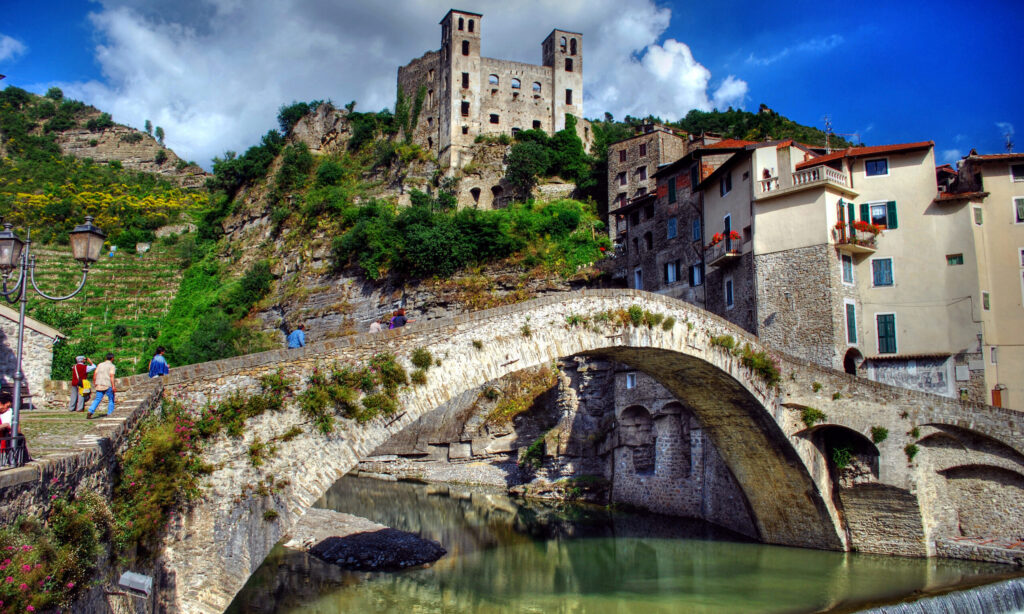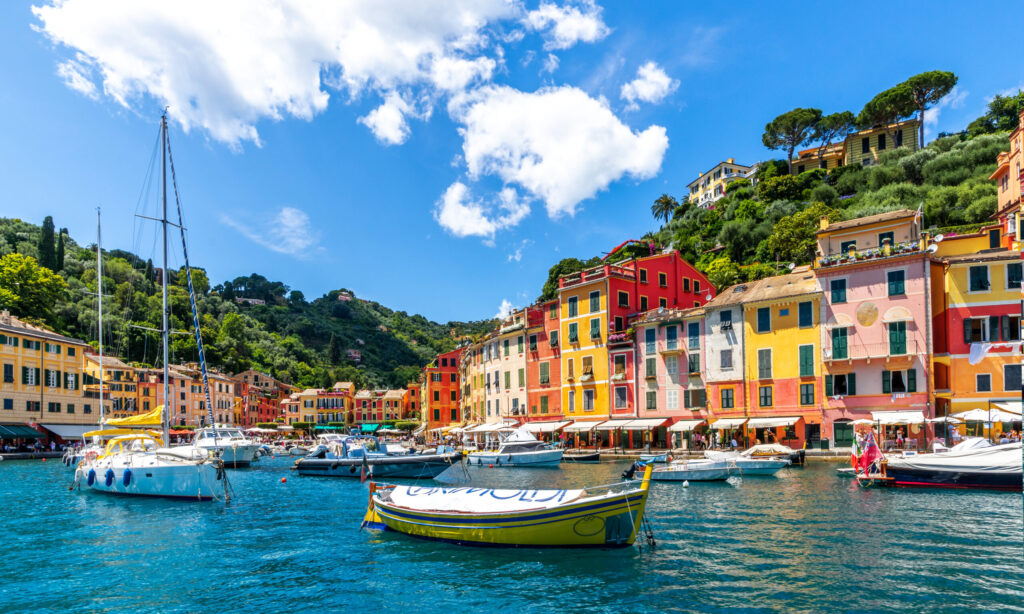The landscapes of the Liguria region
Liguria is full of stunning views – from cliffs by the sea to green hills and pretty coastal towns. It’s the perfect place to relax, explore, and enjoy nature at its best.
Liguria combines mountains and sea
The narrow coastal strip in northern Italy combines the vastness of the sea and the wildness of the mountains in one region! The landscapes invite you to wonderful hikes with spectacular panoramas and offer cultural highlights such as the UNESCO World Heritage Site Cinque Terre in the southeast of the region. Read more about the multifaceted landscapes of Liguria!
Italy’s third-smallest region thrives on the charm of extremes and the mild climate in equal measure! It consists of two-thirds of mountains and one-third of hills and plains. Long stretches of coastline and sandy beaches merge only a few kilometres inland into the hilly hinterland and the green foothills of the Maritime Alps and the Ligurian Apennines. This makes Liguria a wonderful hiking region with fantastic views of the Tigullian Gulf and the many picturesque coastal towns.
On the shores of the heat-storing coastal waters, the Riviera Arc enjoys a mild climate all year round thanks to the protection of the steeply rising mountain slopes. The different altitudes of the region also shape the biodiversity of plants and animals accordingly. In addition to the wild flora such as the evergreen maquis typical of the Mediterranean, broom, cistus and herbs such as rosemary and thyme, it is mainly ornamental plants that make the Riviera shine.
Especially the Riviera of Flowers in the west of the region blossoms and smells like a garden of paradise! In the 19th century, exotic plants such as palms, magnolias, cacti, citrus plants and many more were imported from the most distant regions to embellish the coastal towns. To this day, many towns such as Ventimiglia, San Remo, Imperia and Andora have been able to preserve their flowering splendour.
The Ligurian hinterland
In the almost untouched hinterland, vine-covered slopes and silvery shimmering olive groves stretch along the hilly landscapes surrounded by dense forests. Not only typical Mediterranean trees such as pine or sweet chestnut grow here, but also oak, beech, ash and birch.
The nutrient-rich sweet chestnut and olive trees have ensured the survival of the inhabitants for centuries. Even today, roasted chestnuts are a popular treat for the palate and Ligurian olive oil is one of the best olive oils in Italy! The hilly country is followed by the mountainous zone of Liguria, which includes the Alpi Marittime (Maritime Alps) and the Appennino Ligure (Ligurian Apennines) and gets higher and higher from east to west.
The varied coastal landscapes of Liguria
In the western part of Liguria from the French border to Genoa stretches the Riviera di Ponente. The latter is further divided into the Riviera of Flowers (Riviera die Fiori) from Ventimiglia to Cervo and the Riviera of Palms (Riviera delle Palme) from Alassio to Genoa. The coastal area in the eastern part of the region from the capital Genoa to La Spezia is called Riviera di Levante.
The coastal area of the Riviera di Ponente is flatter and more densely populated and built up than the Riviera di Levante. The wide, beautiful beaches against a backdrop of mountains and picturesque coastal resorts such as San Remo, Loano, Finale Ligure and Arenzano are popular holiday destinations in northern Italy.
The landscapes on the Riviera di Levante, on the other hand, are more unspoiled and natural, and the UNESCO World Heritage Site Cinque Terre makes the region world-famous. Former fishing villages such as Portofino, Sestri Levante and La Spezia have been transformed into elegant and lively towns in recent decades while retaining their historic and traditional charm. Even today, you will find family-run trattorias, typical local bars and small shops and manufacturers.
Liguria - between the mountains
and the sea
Contact us to plan
your event or trip in Italy
Contact us now for a free consultation to plan an extraordinary experience for you and your guests!
